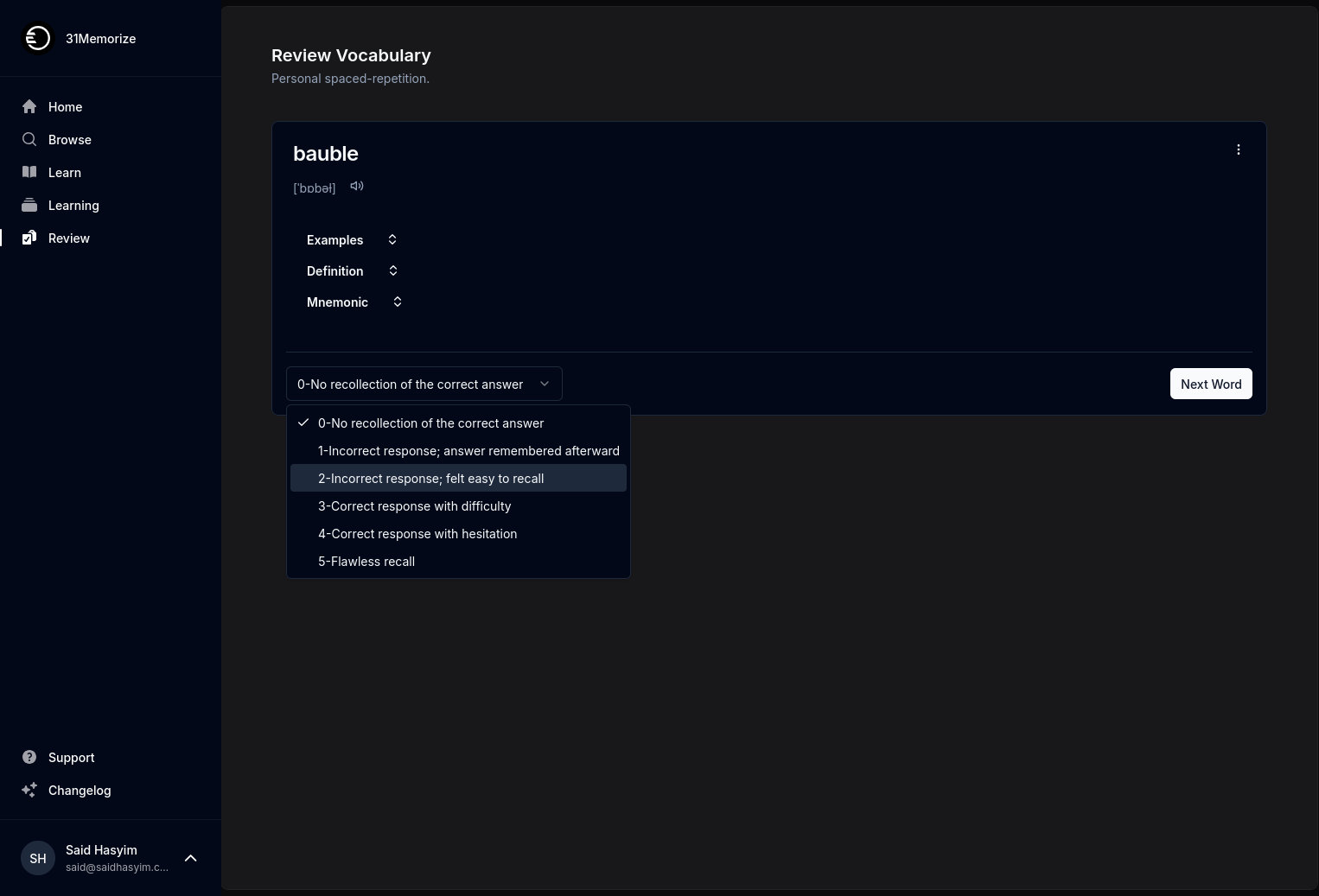Overcoming Challenges in Book Rating Monitoring
In the digital age, books are more accessible than ever, and readers from all over the globe can communicate their opinions on various platforms. This democratization of book ratings has undeniable benefits, including enriching discussions, promoting lesser-known authors, and helping readers find their next great read. However, it also brings a myriad of challenges that make effective book rating monitoring a complex task. In this post, we will explore these challenges and suggest strategies for overcoming them.
The Importance of Book Rating Monitoring
Before delving into the challenges, it's crucial to understand why book rating monitoring matters. For authors, publishers, and readers alike, the ratings associated with a book can significantly impact its popularity and sales. Readers often rely on ratings and reviews to guide their purchasing decisions, while authors and publishers may use this feedback to improve future works or marketing strategies.
Monitoring ratings also enables stakeholders to gauge public sentiment, identify trends, and respond to criticism. However, the vast number of platforms and the diversity of opinions present significant hurdles that must be addressed effectively.
Key Challenges in Book Rating Monitoring
1. Information Overload
With a multitude of platforms—from Goodreads to Amazon, and social media sites—where users can rate and review books, one of the most apparent challenges is the volume of data generated. Book ratings can come from various sources, each with its own rating systems and audience demographics. This makes it difficult to maintain a clear overview of a book's reception.
2. Inconsistent Rating Systems
Each platform employs a different method for rating books. For example, one site may use a five-star scale, while another employs a percentage system. This inconsistency makes it challenging to compare ratings across platforms or interpret what a certain score truly reflects about a book's quality.
3. Fake Reviews and Rating Manipulation
While many readers are genuine in their feedback, the presence of fake reviews poses a significant threat to the credibility of book ratings. Unscrupulous authors may attempt to inflate their ratings by submitting fake positive reviews, while competitors might engage in smear campaigns to generate negative feedback. Identifying and filtering out these reviews is critical to ensure that ratings accurately reflect reader sentiments.
4. Subjective Nature of Reviews
Reading is a deeply personal experience, and reviews are inherently subjective. What resonates with one reader might not resonate with another. This subjectivity can lead to polarizing opinions, making it challenging to derive an objective evaluation of a book's merit from the ratings alone.
5. Changes in Reader Sentiment Over Time
Public opinion can be fluid. A book may initially receive rave reviews upon release, only to encounter backlash months later due to changing cultural perceptions or the emergence of new literary trends. Keeping track of these shifts necessitates continuous monitoring and analysis.
Strategies for Effective Book Rating Monitoring
While the challenges outlined above can seem daunting, there are effective strategies that can help overcome them:
1. Centralize Data Collection
To tackle the problem of information overload, consider centralizing data collection. By aggregating ratings from various platforms into a single database or dashboard, you can create a comprehensive view of how a book is received across different audiences. Tools such as spreadsheets or data visualization software can help you manage this data effectively.
2. Standardize Rating Interpretation
To counter inconsistencies in rating systems, it’s essential to devise a standard way of interpreting ratings across platforms. Consider creating a conversion scale that allows you to translate ratings into a more uniform metric. For instance, you may decide to convert all ratings to a percentage scale, making it easier to compare performance across different platforms.
3. Utilize Technology for Authenticity Checks
Investing in technology that analyzes and screens reviews can help you detect fake reviews and identify unusual patterns. Algorithms and machine learning solutions can flag suspicious activity, providing valuable insights into which reviews are likely to be authentic and ensuring that your book rating data is reliable.
4. Qualitative Analysis of Reviews
While quantitative ratings provide a snapshot of public opinion, qualitative analysis can yield deeper insights. By reading a selection of reviews, you can identify common themes and sentiments that ratings might not fully capture. This approach can also help contextualize ratings, offering a richer understanding of how readers perceive a book.
5. Monitor Trends Over Time
Establish a monitoring schedule to regularly check back on ratings and reviews. This allows you to identify trends and shifts in reader sentiment early on. Consider monthly or quarterly reviews of the data, supplemented by larger, more comprehensive analyses at key milestones, such as a book's anniversary or the release of a new edition.
6. Engage with Your Audience
Encouraging engagement with readers can enhance your understanding of their sentiment. Consider facilitating discussions through social media or author websites, where readers can share their thoughts. This interaction not only helps you grasp evolving opinions but can also foster a sense of community, leading to increased loyalty and enthusiasm around your work.
Conclusion
Book rating monitoring can be a challenging endeavor, given the vast and varied landscape of reader feedback. However, by employing centralized data collection, establishing standardized interpretation systems, leveraging technology, and engaging with readers, authors and publishers can navigate these complexities effectively.
The goal is not only to keep track of numbers but to harness the collective insights from readers to improve the literary landscape continually. In doing so, we contribute to a richer, more diverse reading culture that celebrates all voices in the literary community. Embrace the challenges, and let them guide you toward better understanding and more impactful storytelling!
